
The Free Press

Four years ago, Brittany Jean was a special education teacher at a Miami charter school, trying to manage 100 students who all had learning needs she didn’t have the time or resources to properly address. Now she’s running something called a “microschool,” spending all day long in one classroom with the same 15 kids, who range in age from 4 to 7, where she teaches everything from math to reading to science.
There is no distinction between grades; the kids learn at their own pace. As she watches a six-year-old girl teach a seven-year-old boy how to add and subtract three-digit numbers in her Florida classroom, Jean says, “Imagine if they were in kindergarten doing kindergarten work. They would be bored.”
The name of Jean’s school is B-Ready Academy. When the pandemic hit, and schools closed, Jean was approached by parents in southeast Florida who asked her to teach their children in person. As the idea of these bespoke teaching units caught fire across the country, they earned a new name: learning pods.
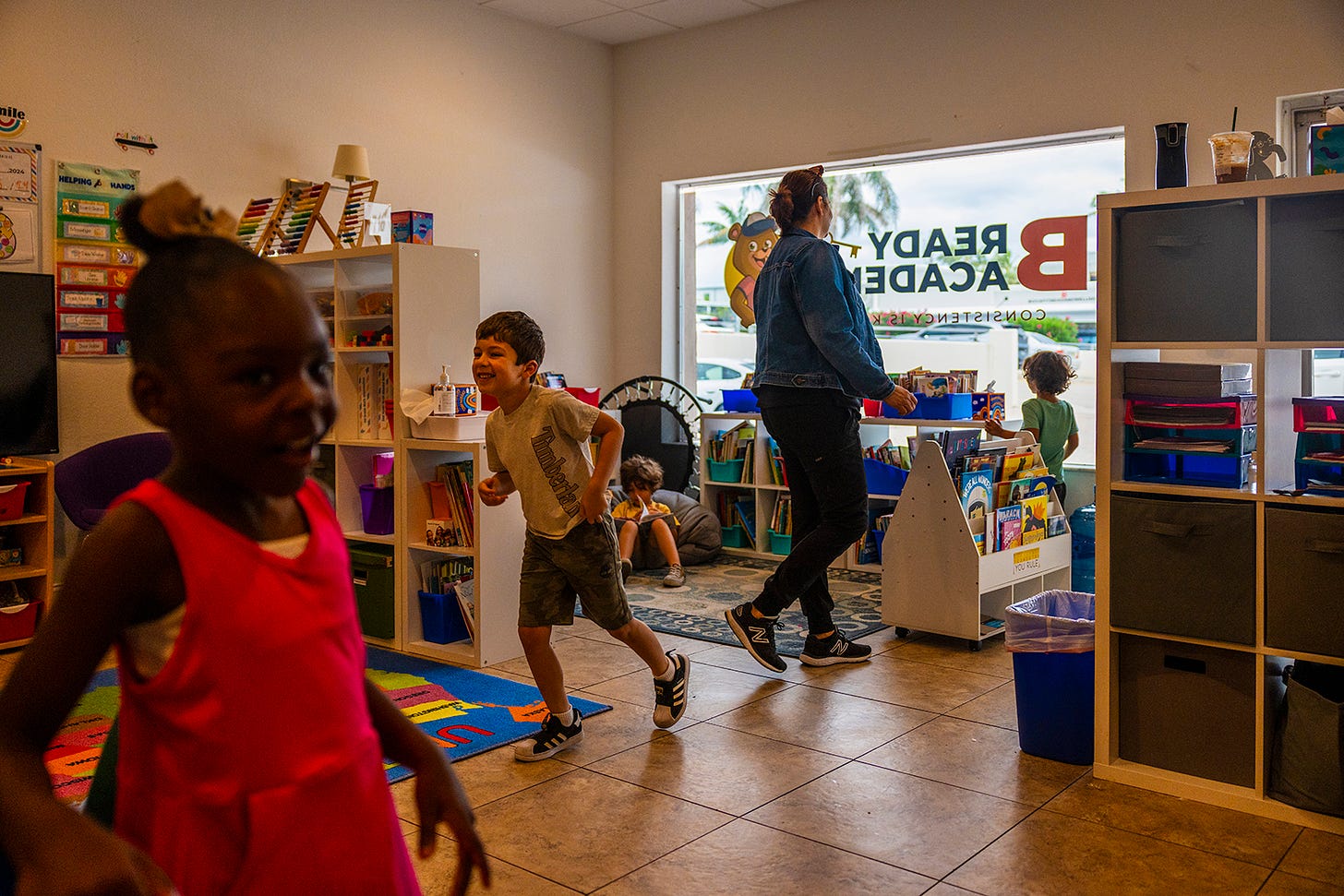
Then, as the pandemic faded, learning pods morphed into a real business called microschools—owned, in many cases, by former learning pod teachers like Jean. On one level, a microschool is an updated version of a very old concept: the nineteenth-century one-room schoolhouse, where kids of different ages, backgrounds, and abilities share a classroom. But on another level, they represent the future. Innovations like microschools, which generally have no more than 20 kids per classroom, are giving parents real choices outside ordinary public schools. And more and more states are helping them pay for it.
Jean started B-Ready Academy on August 31, 2021. It has 30 students at two locations in Boca Raton. Jean, 31, told me she is part of a group of teachers fed up with public schools and are now “taking matters into their own hands.”
Another microschool owner, Shiren Rattigan, referring to the absenteeism, low pay, and culture wars in public schools, told me, “We see all these different things in societies and how it comes into the school. We’re so done with it.”
“Teachers are really wanting a space where they can express themselves,” added Rattigan, whose company, Colossal Academy, operates four microschools in the Sunshine State. “And in Florida, it’s really about being able to run a sustainable business that can be out of the red in three years, so you can make a good living for yourself doing your calling.”
The four microschool owners and handful of microschool teachers I spoke to told me parents like the fact they can be more involved in their children’s education. “Families want to understand what’s going on,” Rattigan said. “They might not understand all the education stuff, but they want to be a part of the education of their child.”
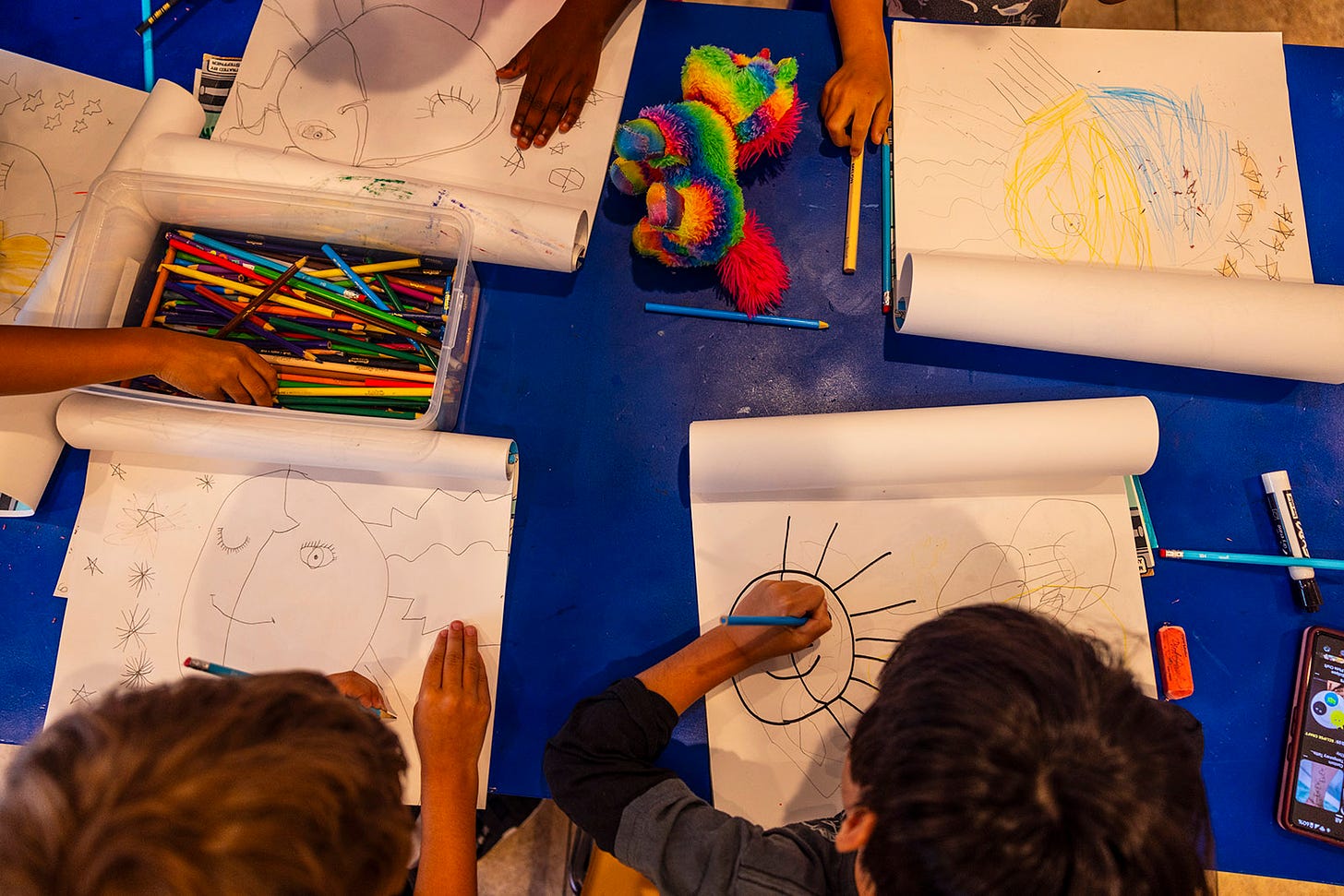
In the past few years, school choice has become a cornerstone of the conservative agenda on education reform—and it’s picking up momentum.
West Virginia led the charge in March 2021, passing a law that gave funds to families who want to move their children out of public school. Then came Arizona, which passed a law allowing public money to be deposited in what it calls empowerment scholarship accounts for families to use toward alternatives like private schools or homeschooling. Since then, nearly a dozen mostly red states have followed suit, including Florida. In March 2023, the state’s governor, Ron DeSantis, signed a school choice bill into law, allowing parents to take their child out of the public school system and receive a taxpayer-financed voucher of around $8,000 annually to attend private school.
Both Kentucky and Nebraska have school choice on the ballot this November. Meanwhile, in Texas, school choice legislation has faced enormous pushback, but could still pass. If it does, Robert Pondiscio, a former public school teacher and current senior fellow at the American Enterprise Institute, said it could mean “almost literally 50 percent of families in this country having the ability to privatize their child’s education using public dollars.”
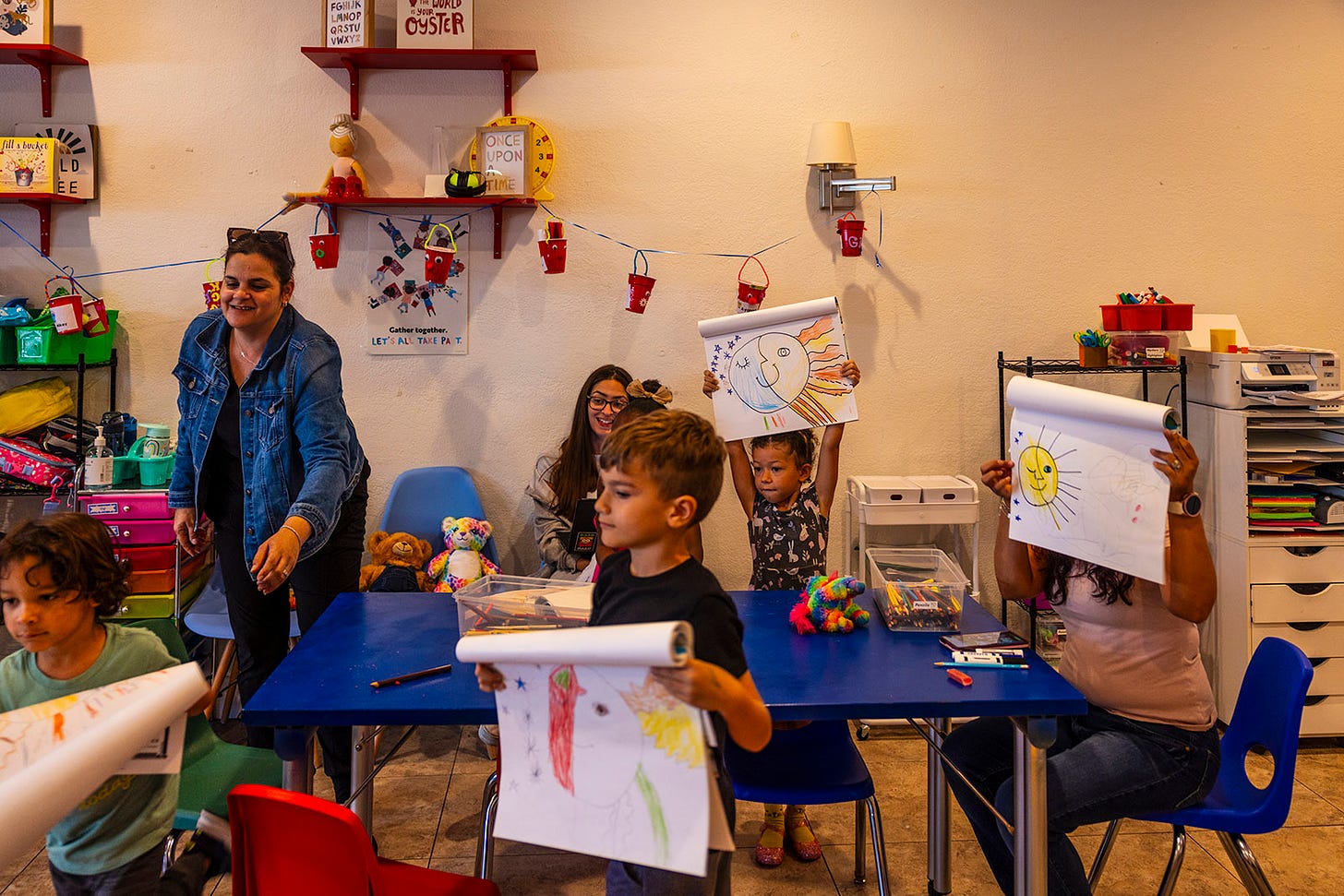
Pondiscio says Texas could be the most important “domino” to fall in what he calls “the choice revolution.” He is pro–school choice because, he believes, these alternative education institutions are getting better results than the public schools. “The public’s interest is served by a good outcome, and under whose roof that occurs is a secondary concern,” Pondiscio says.
But opponents of school choice—who frame themselves as defenders of public schools—vehemently disagree. Many of these defenders, including teachers unions and others on the left, say school choice laws will drain resources from public school systems that are already struggling and make them even worse. And, they argue, voucher programs will put money into the hands of wealthy families who could easily afford private education on their own. They tend to label the school choice movement, including microschools, as part of the right-wing agenda. Last December, Randi Weingarten, the president of the American Federation of Teachers, went so far as to say school choice is “undermining democracy and undermining civil discourse and undermining pluralism.”
Richard Kahlenberg, an education expert at the Progressive Policy Institute, said he’s seen firsthand the problems public schools face. “Kids trapped in failing schools deserve a better option,” Kahlenberg told me. That’s why, he said, he’s a strong supporter of options like magnet or charter schools that are still part of a public school system.
But, he said, “Where I begin to have strong concerns is when taxpayer money is taken to private schools that may be under less oversight than traditional public and charter schools.”
Kahlenberg added, “The last thing you want is for public money to go to encourage division along any particular line. The idea that the public funds would be used to foster further balkanization of an already balkanized country is troubling.”
Critics notwithstanding, the concept of school choice is overwhelmingly popular among the American public—in every demographic. A RealClear Opinion Research poll earlier this year suggests as many as 71 percent of Americans “overwhelmingly” support school choice. And that support is pretty consistent regardless of ideological divisions—66 percent of Democrats, 80 percent of Republicans, and 69 percent of Independents back school choice policies.
“This isn’t really a public school versus private school issue. It shouldn’t really be a Republican versus Democrat issue,” Corey DeAngelis, the self-proclaimed “school choice evangelist” and senior fellow at the American Federation for Children, told me. “The problem that I see isn’t with the curriculum per se within the school system. It’s with the structure of the school system itself being a one-size-fits-all disaster that, by definition, is never going to meet the needs of individual families who simply disagree about how they want to raise their kids.”
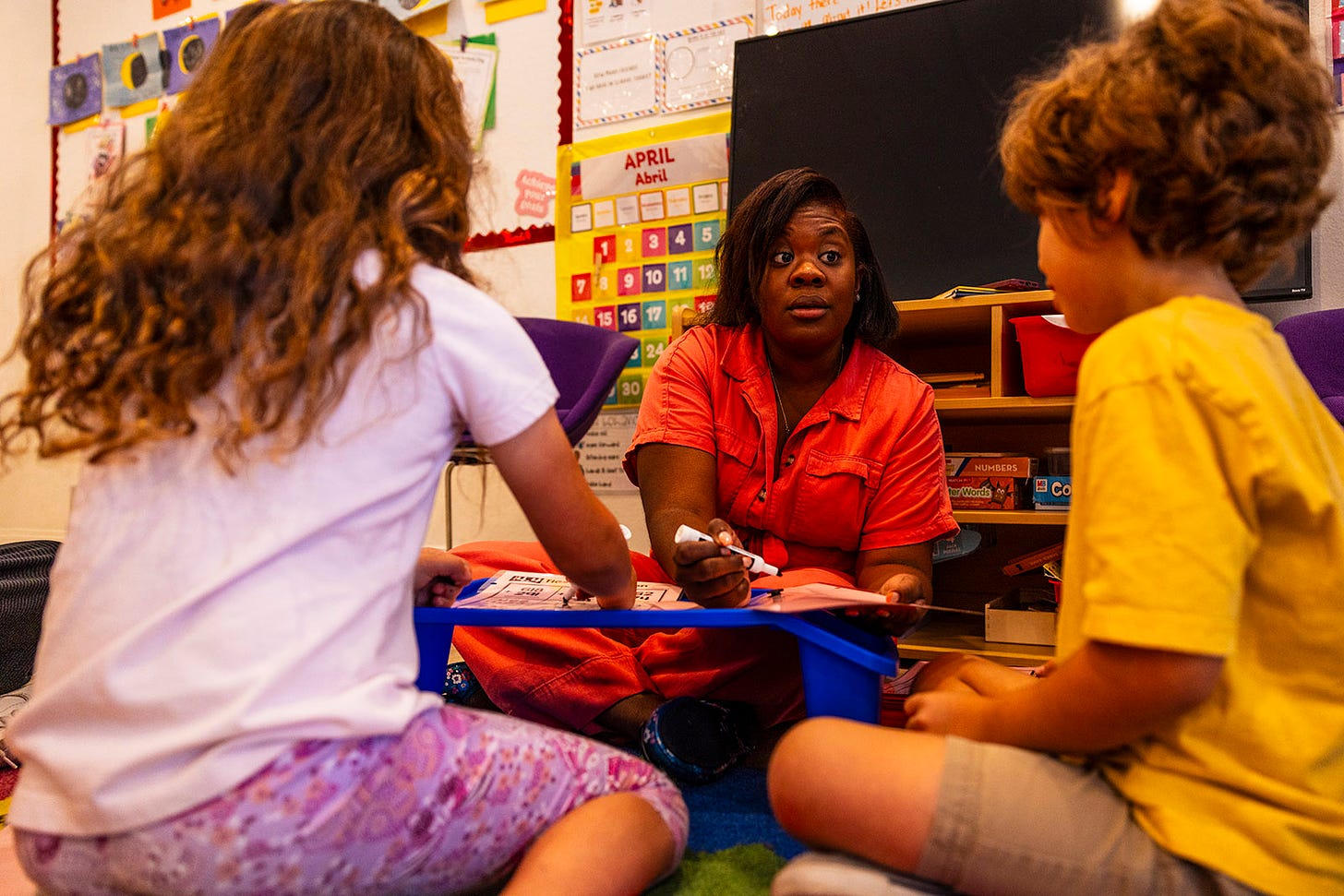
The idea of parents opting out of the public school system is hardly new. Homeschooling, for example, became legal in all 50 states in 1992. What accelerated the popularity of opting out of the public system was Covid, when schools were shut down and replaced by remote learning.
Many parents were horrified when they saw for the first time how their children were being taught. Pondiscio points out it’s not just the “culture war” topics like gender ideology or anti-racism that upset parents. It was also “the low expectations.” Pair these frustrations with plummeting test scores across the country, and it’s easy to understand why parents are looking for alternatives.
The microschool experts I spoke to all agreed they are on the cusp of something big—although it’s hard to pinpoint exactly how widespread this trend has become. One group, the National Microschooling Center, a microschool clearinghouse in Las Vegas, estimates there are now over a million students being educated in microschools across 42 states. If anything, that estimate is low since not all microschools are part of their network. Another sign of the movement’s momentum: Billionaires like Peter Thiel and Mark Zuckerberg are starting to invest millions in microschool start-ups.
The growth is especially pronounced in states like Florida that have school choice laws. But Florida’s $8,000 voucher is still not enough to cover the $18,000 per year tuition Jean must charge to cover her expenses. So every year, she has to scramble to find local businesses or sponsors to fund scholarships to make up the difference.
A second difficult issue for parents who want a microschool for their children is their small size. Kristin Fink—the co-founder of Skola Microschool, based in Roseville, Minnesota—told me that with 30 students and three teachers, her school has reached maximum capacity. Adding more students, she said, would put the educational model she’s built at risk.
“We will always feel the demand of more parents wanting this for their kid, and your heart just rips out because you want to be able to share this gift with everybody,” Fink said, “but small is the key.”
Another key is “freedom,” says Rattigan, who believes school choice could offer a pathway out of the divisive culture wars that have roiled public schools across the country. “School choice, to me, means freedom to be able to have an LGBTQ+ classroom and inclusive classroom,” she added. “What can happen with school choice is you can actually create those affirming spaces.”
But, Rattigan added: “I don’t think my way is the only way.”
The Skola Microschool, for instance, is a K–8 Christian school that operates inside a church, and emphasizes the outdoors and nature as a part of its curriculum. “It is just so life-giving to have this space where I can really be authentic as an educator and as a Christ follower,” Skola’s founding teacher Ginger Montezon told me.
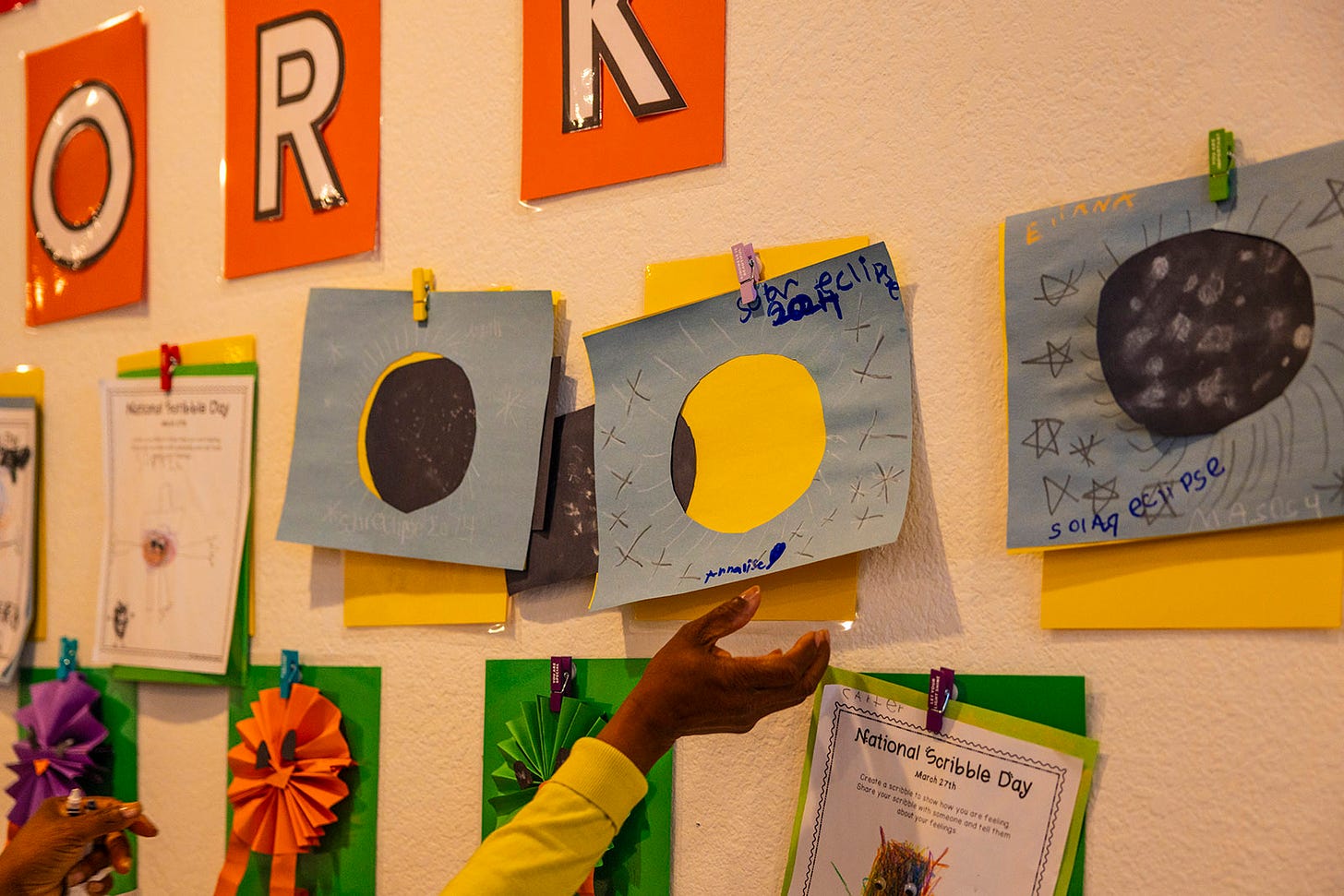
Other microschools are focused on robotics, math, and science, or teaching neurodivergent students. I found one microschool in Florida that teaches math through surfing and skateboarding.
Rattigan told me that the institutions championing public education over school choice are stuck in a rut, because they aren’t able to innovate. “We need to pull away from the industrial model, which is rows of desks and bells and someone at the front of the line telling what the rest of the line is supposed to do,” she said. “I need more twenty-first-century readiness.”
She thinks that it’s only a matter of time before the microschool model becomes available to the masses. “Think about Uber. Once, having chauffeurs was only for people who were rich. What is super amazing is that now anybody can have a driver,” said Rattigan. “That’s what I think is going to happen with microschools. Anybody can have a microschool that brings that kind of tailored experience of having a private tutor.”
“When you take something that was meant only for the rich and you bring that to the masses,” Rattigan added, “that’s when real disruptive innovation happens.”
Francesca Block is a reporter for The Free Press. Read her profile “This ‘Cowboy’ Wants to Teach Princeton Kids About Greatness” and follow her on Twitter (now X) @FrancescaABlock.
Become a Free Press subscriber today:


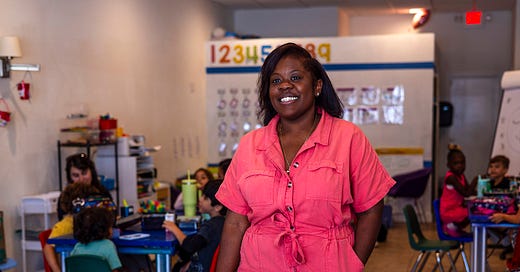

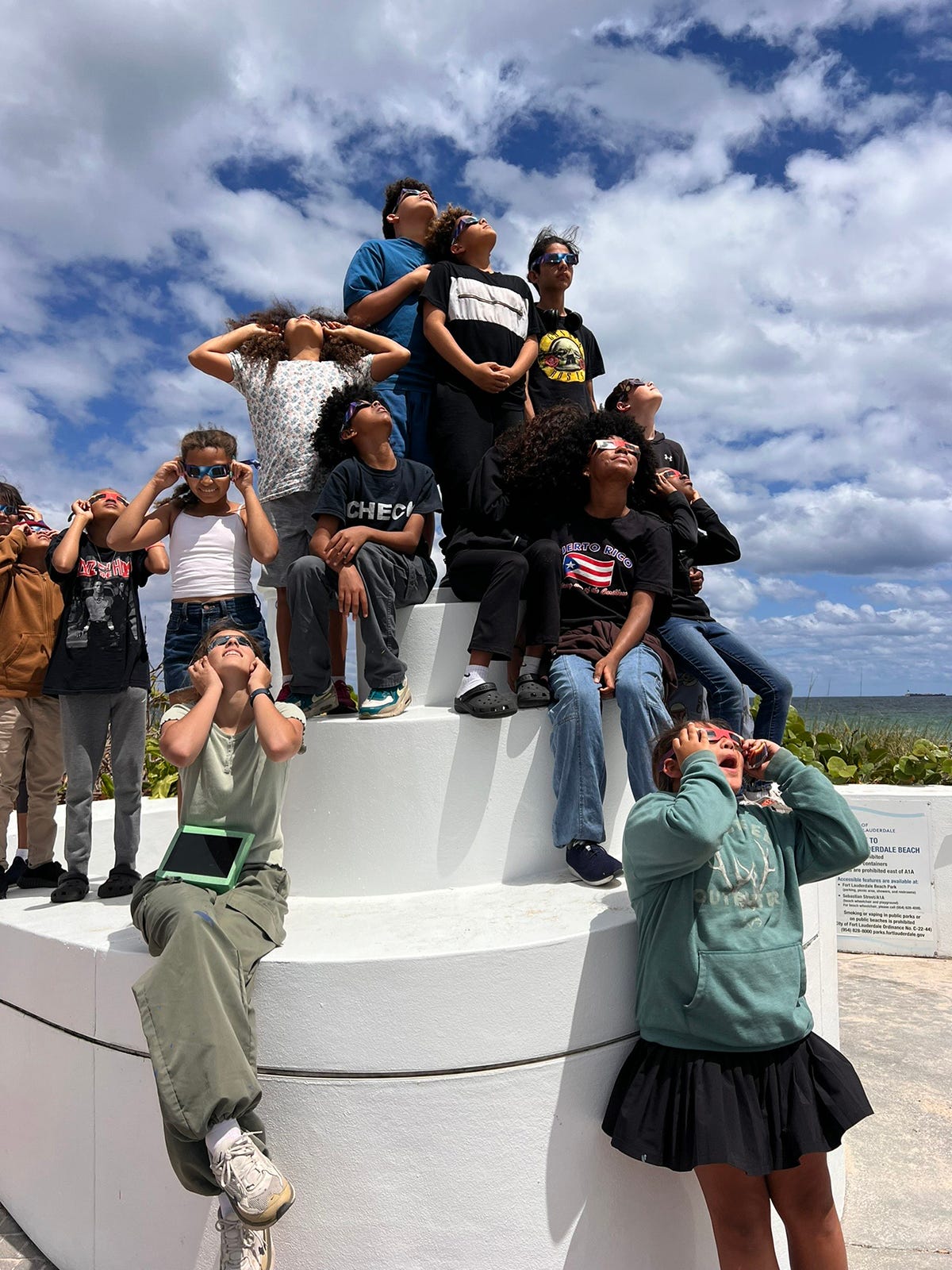

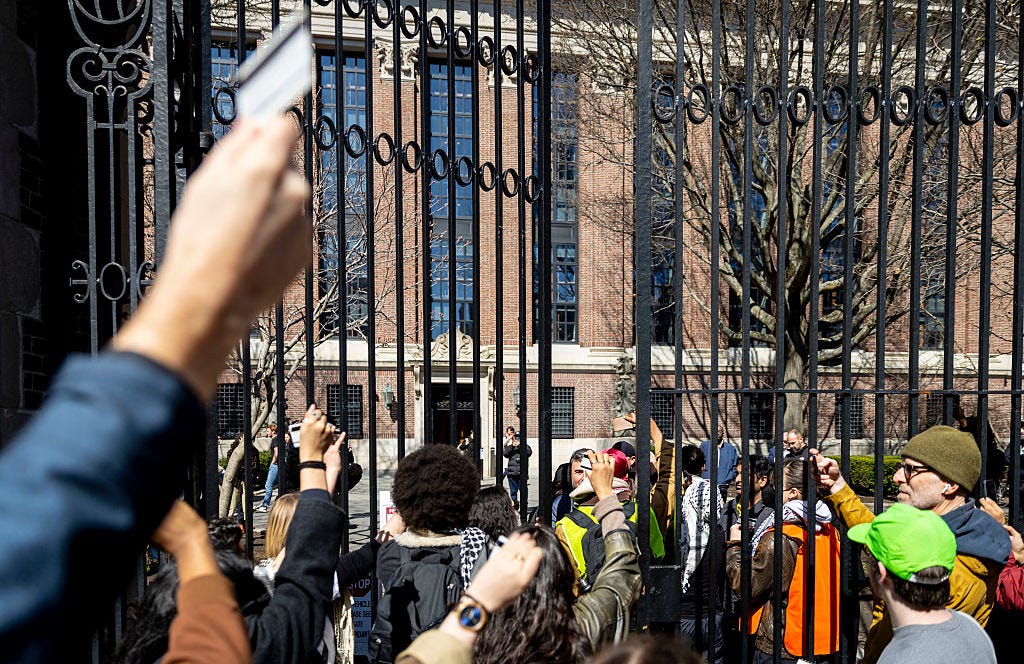



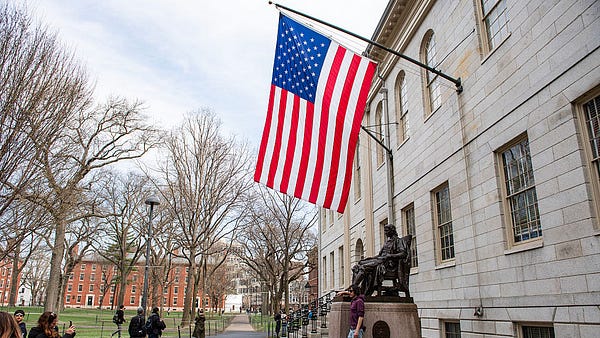

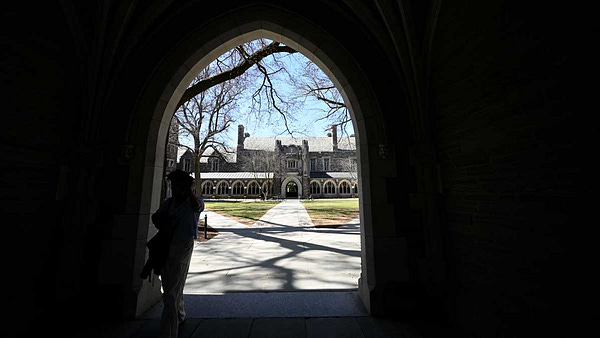

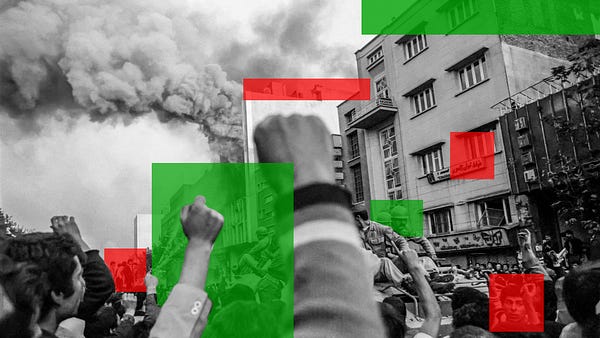

Fact, it is cheaper to have a high school graduate who becomes an asset to society, than the cost to society of the non graduate who becomes a liability as they get older. How could Randy miss this? She was educated in public schools that don't teach such critical thinking.
The children have a RIGHT to a public education, that is suited to them. That right is not constrained by just including pubic schools, regardless of what Randy and the children haters tell you. It is about the rights of the child not the illogical preferences of adults like pro public school wackos. Randy gets choices all day every day, but deny that to the children. Pro public school only advocates are anti children.
It's all in the tests. Schools don't need day to day micro management. When the nation wide test results come out, they will tell us who are the good shcools and who are the bad. Although we already know.
Bottom line, IT'S ABOUT THE CHILDREN MORONS!
What I like about this article is that it's about students succeeding at learning. How refreshing afer decades of "Why Can't Johnny Read?"
Innovation happens best on a small scale like this...in many types of organizations. Innovate, evalutate, improve, enhance, review, improve, and so forth. And once the model is showing consistent success, either multiply (microschools) or scale up (charter schools).
This school is about equipping young minds to grow up to be lifelong learners. And probably lifelong inventors, builders, thinkers, leaders. Not because they are being trained to be such, but because they are being challenged and inspired to see how far they can go. Miss Jean, what you are accomplishing will have dividends for decades. You go!